Optocoupler IC 4N35: Pinout, Datasheet, Features and Applications
Introduction
In electronics, where connectivity and isolation are paramount, the 4N35 optocoupler IC stands as a beacon of reliability and versatility. This small yet mighty device is crucial in ensuring signal integrity and safety across a wide range of applications. In this article, we delve into the intricacies of the 4N35 optocoupler IC, exploring its datasheet, pinout, circuit diagram, and diverse uses.
What is Optocoupler IC 4N35?
The 4N35 is a versatile optocoupler, also known as an optical isolator or photocoupler, available in both 6-pin DIP and SMD packages. This device comprises two main components: an infrared LED and a phototransistor. Its operation is straightforward: when the IR LED is powered, the phototransistor detects IR light, leading to transistor saturation or conduction. The internal phototransistor has two bases, one of which can be controlled, facilitating either photodetection or IR light detection, while the other is connected to pin 6 of the device, enabling simultaneous control through both processes.
The maximum collector-emitter voltage of the phototransistor is 30V, with a maximum collector-emitter current of 150mA. However, the collector-emitter saturation voltage ranges from 0.14 to 0.3V. Typically, transistor saturation voltage is around 0.6 or 0.7 volts, but 0.3 volts is the ideal saturation voltage for applications requiring low voltage saturation. As for the IR LED characteristics, the maximum forward current is 60 milliamperes, with a maximum power dissipation of 120 milliwatts. Pin 3 is labeled "NC," indicating can not connected to the internal circuitry.
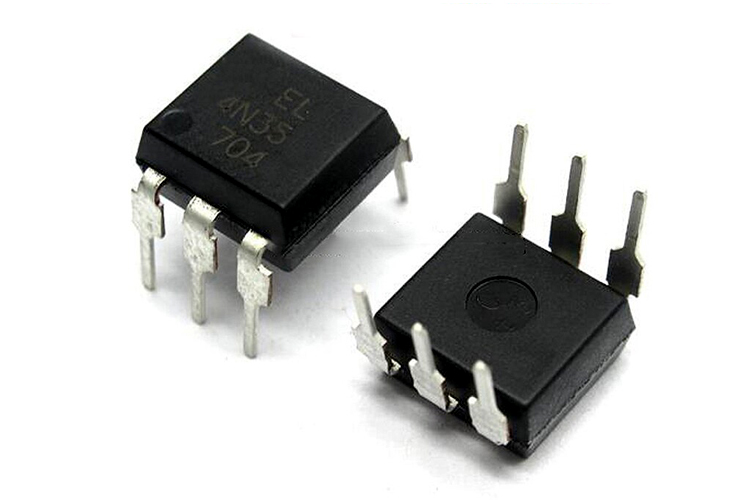
Figure1-Optocoupler IC 4N35
4N35 Pinout
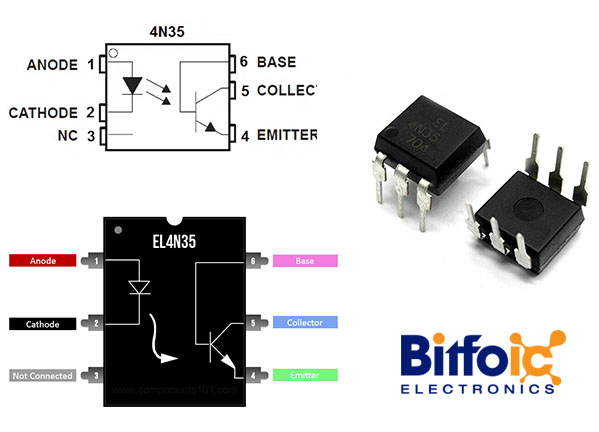
Figure2-4N35 Pinout
4N35 Pinout Configuration
The IC comes as a dual inline package and has 6 pins. The table below can be referred to understand the pin configuration of the IC.
|
Pin Number |
Pin Type |
Pin Description |
|
1 |
A |
Anode |
|
2 |
C |
Cathode |
|
3 |
NC |
Not Connected |
|
4 |
E |
Emitter |
|
5 |
C |
Collector |
|
6 |
B |
Base |
4N35 Specification
|
Manufacturer |
|
|
Input Type |
DC |
|
Output Type |
Transistor with Base |
|
Mounting Type |
Through Hole |
|
Package / Case |
6-DIP (0.300", 7.62mm) |
|
Product Status |
Obsolete |
|
Number of Channels |
1 |
|
Voltage - Isolation |
5300Vrms |
|
Vce Saturation (Max) |
300mV |
|
Operating Temperature |
-55°C ~ 100°C |
|
Rise / Fall Time (Typ) |
- |
|
Voltage - Output (Max) |
30V |
|
Supplier Device Package |
6-DIP |
|
Current - Output / Channel |
- |
|
Current Transfer Ratio (Max) |
- |
|
Current Transfer Ratio (Min) |
100% @ 10mA |
|
Voltage - Forward (Vf) (Typ) |
1.18V |
|
Turn On / Turn Off Time (Typ) |
2µs, 2µs |
|
Current - DC Forward (If) (Max) |
100 mA |
4N35 Features
- Number of Channels: 1 Channel
- Maximum Collector-Emitter Voltage: 30V
- Forward Current: 100mA
- Forward Voltage: 1.5V
- Reverse Voltage: 6V
- Isolation Voltage: 5300 Vrms
- Operating Temperature: -55 to 100 Degrees C
- Power dissipation: 250 mW
4N35 Equivalent
4N36、4N37、4N25、4N26、4N28 、PC816、PC817、4N27、4N36 and H11Ax series.
4N35 Schematic and Functional Diagram
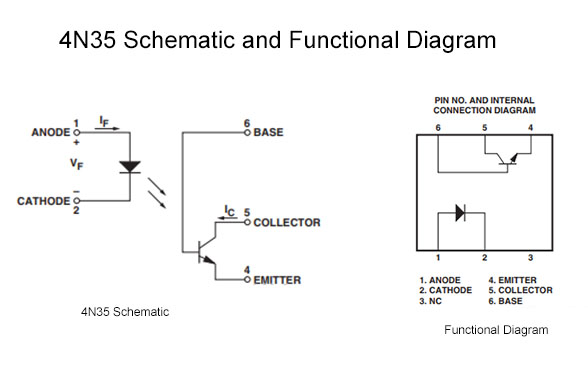
Figure3-4N35 Schematic and Functional Diagram
Where to Use the 4N35 Optocoupler?
The 4N35 optocoupler finds application in various requirements within electronic circuits. For instance, it can be employed to safeguard circuits, ICs, and other components from voltage surges or spikes that could potentially damage them. Additionally, it serves isolation purposes within electronic circuits. It can also be utilized to detect voltages in both AC and DC circuits at the output of microcontroller chips and control high-power transistors, and high-voltage equipment.
How to use Optocoupler IC 4N35?
Using the 4N35 optocoupler is straightforward. The device comprises two main components: the IRLED and the phototransistor. The anode pin of the LED can connect to the output of the device you are interfacing with (such as any IC or microcontroller), while the cathode pin of the LED should connect to the ground. The LED should be handled in the same manner as any other LED, including the use of current-limiting resistors.
When the output of the 4N35 goes high, the LED will turn on, and the phototransistor will detect infrared light, causing it to saturate or turn on. Consequently, the collector and emitter pins will short, resulting in the connection of any wires connected to pins 4 and 5.
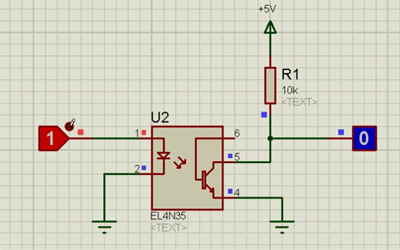
Figure 4- How to use Optocoupler IC 4N35?
How to operate safely in circuits for long periods?
To ensure the long-term stability and optimal performance of this device, it is advised that users refrain from operating the device beyond its maximum rated values. Avoid imposing or operating loads exceeding 150mA through this device. It is always recommended to use current-limiting resistors in conjunction with the IR LED. Operating the device at temperatures above -55 degrees Celsius and below +100 degrees Celsius is not recommended, while storage should be maintained within temperatures above -55 degrees Celsius and below +150 degrees Celsius.
4N35 Application
Detection of AC power
Driving reed relays
Feedback in switch mode power supplies
Detection of phone ring signals
Isolation of logic ground
Coupling logic with a function to suppress high-frequency noise
2D Model and Dimensions
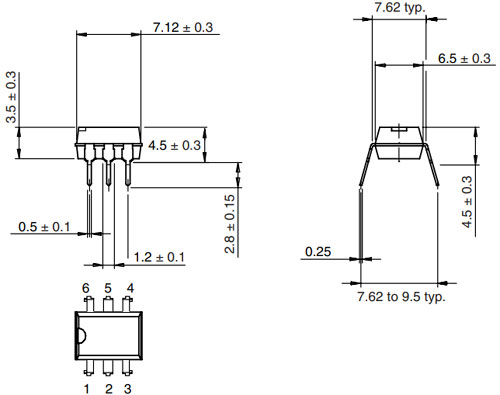
Figure5-2D Model and Dimensions

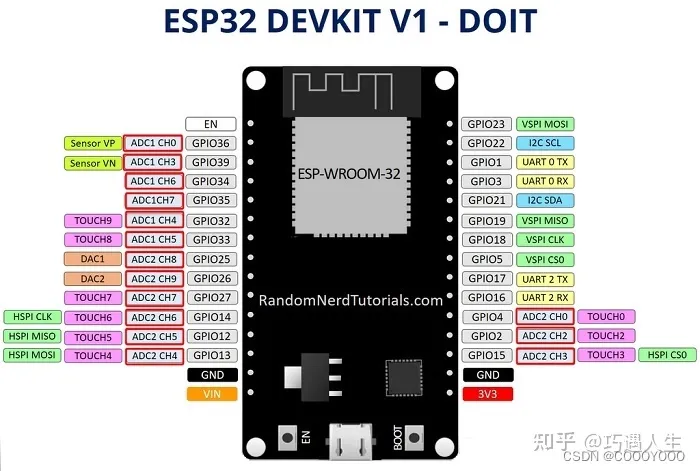 How to resolve the WiFi and ADC2 Sharing Dilemma?4/19/2024 24
How to resolve the WiFi and ADC2 Sharing Dilemma?4/19/2024 24ESP32-CAM can be used in various Internet of Things situations and is suitable for home smart devices, industrial wireless control, wireless Monitoring, QR wireless identification, wireless positioning system signals, and other IoT applications are ideal solutions for IoT applications.
Read More >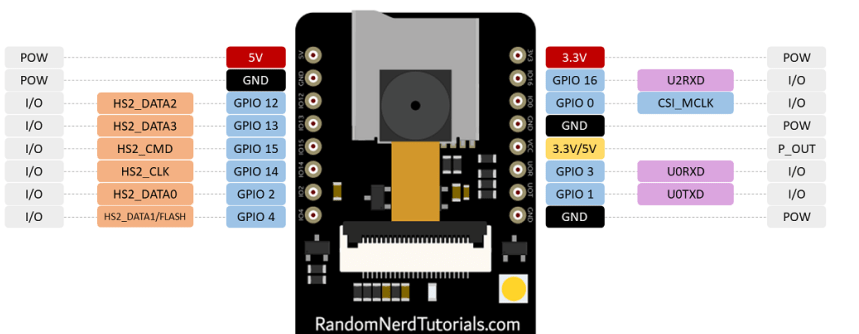 ESP32-CAM Pinout Explanation and How to Use?4/18/2024 56
ESP32-CAM Pinout Explanation and How to Use?4/18/2024 56ESP32-CAM is a development board with an ESP32-S chip, an OV2640 camera, a microSD card slot, and several GPIOs for connecting peripherals. ESP32-CAM is a small-sized camera module. The module can work independently as the smallest system, with a size of only 27*40.5*4.5mm.
Read More >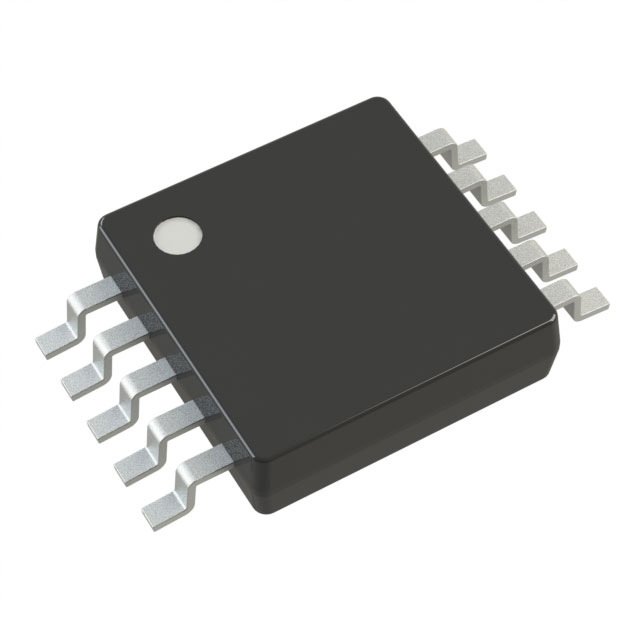 Stand-Alone Linear Li-Ion / Li-Polymer Charge Management Controller MCP738334/9/2024 62
Stand-Alone Linear Li-Ion / Li-Polymer Charge Management Controller MCP738334/9/2024 62The MCP73833/4 is a highly advanced linear charge management controller for use in space-limited, cost sensitive applications. Both a 10-lead, MSOP and a 10-lead, DFN packaging measuring 3 mm by 3 mm are offered for the MCP73833/4. In addition to its tiny size, the MCP73833/4 is perfect for portable applications because it requires a few additional components.
Read More >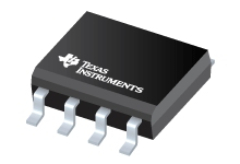 UA741CP datasheet ,Specification, Features and Application3/21/2024 102
UA741CP datasheet ,Specification, Features and Application3/21/2024 102The UA741CP is a general-purpose operational amplifier in an 8-pin DIP package. The high common-mode input voltage range and lack of latch-up make the amplifier ideal for voltage follower applications.
Read More >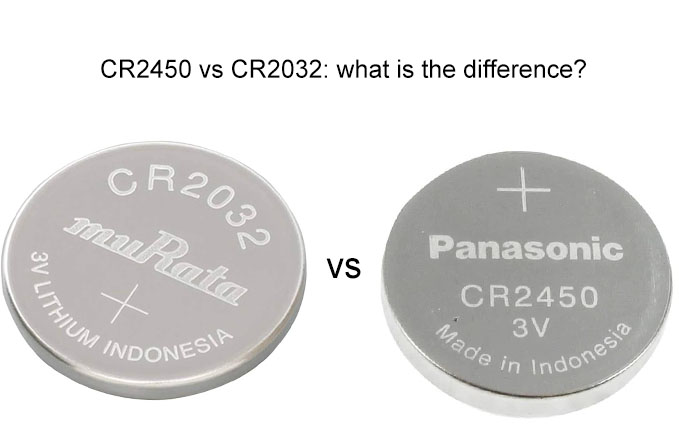 CR2450 vs CR2032: Which model can replace CR2450?3/14/2024 184
CR2450 vs CR2032: Which model can replace CR2450?3/14/2024 184Among the various types of batteries available, coin cell batteries are commonly used in small devices like calculators, watches, and key fobs. Two popular types of coin cell batteries are the CR2450 and CR2032. While they may seem similar due to their naming conventions, they have distinct differences that affect their interchangeability and applications.
Read More >











